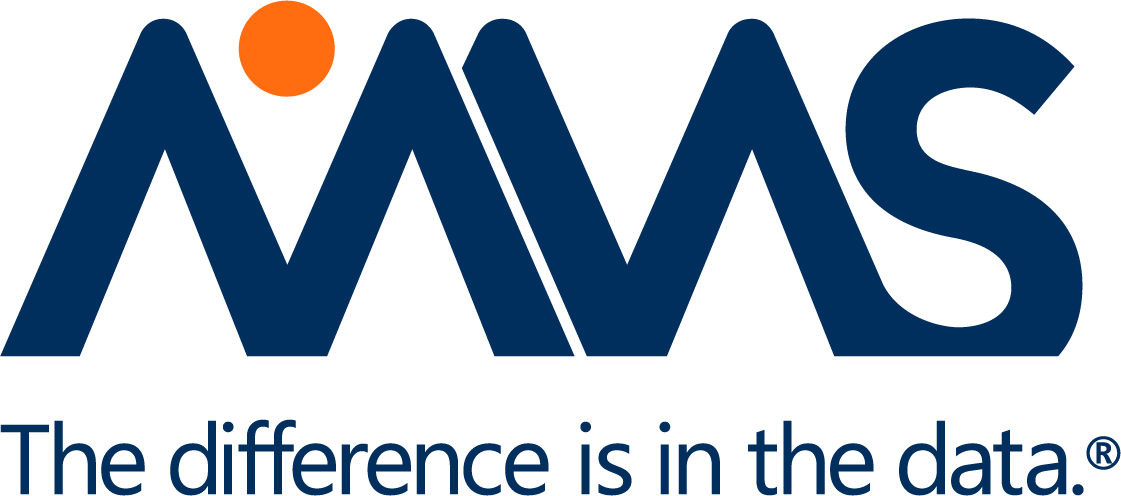Why, in your opinion, are lay summaries becoming more and more important in the pharmaceutical industry?
Industry-wide, there seems to be a move towards greater clinical trial transparency and an emphasis on providing patient-centered services. At MMS, we believe that lay summaries are a natural extension of that effort. In the European Union (EU), lay summaries will soon be a required document for all clinical trials. Any sponsor who conducts research in that region will need to produce lay summaries, and it’s recommended that they start early to work out any issues in advance.
When looking at developing a lay summary template, what are some of the key components that sponsors should consider including?
The EU Clinical Trials Regulation lists 10 elements that should be included in a lay summary. Sponsors who are writing lay summaries for the European market should incorporate each of these elements into their template. These elements include clinical trial identification information (i.e. protocol number), sponsor information, general information on the trial, information on the study population, the investigational product used, any adverse reactions, the overall results of the study, a high-level commentary on the outcome of the study, whether additional clinical trials are planned, and where further information can be found.
Additionally, sponsors should consider the needs of their audience when developing the template. This means that they should make sure that the lay summary is easy to read and understand. It is recommended to write lay summaries at a six to eighth-grade reading level, and we use simplified graphics to help explain the information. This is certainly not an easy task with many therapeutic areas, especially complex endpoints and analyses.
It can be hard to distinguish between promotional and non-promotional language, can you help us understand how to do so effectively?
Sure! It is very important that lay summaries are not perceived as promotional in any way. That is a vital aspect of our review process at MMS for any lay summary that we draft. To ensure that lay summaries remain non-promotional, the writer should choose language that is factual and objective. Rather than attempting to interpret the results of the clinical study or make inferences for the reader, it is preferred to objectively present the results of the study. Additionally, it is imperative to avoid using language such as “best” or “better”, which could be perceived as promotional. The goal is to ensure that the information chosen to present in a lay summary is balanced and accurate, and we have lay person reviews to ensure that happens.
What do you see in the future for lay summaries in the next 5-10 years?
There will be great deal of opportunity in the next five to 10 years with lay summaries, particularly as the EU regulation takes effect. I expect that other countries outside of the EU may begin requiring lay summaries, as well. For instance, the UK may write their own requirements for lay summaries once Brexit takes effect. Another more interesting area of growth is the potential with pediatric studies. Sponsors may need to begin producing lay summaries that are understandable to very young study participants, children. There is currently a lot of discussion within in the industry as far as how best accomplish that—one idea is to create lay summaries in a comic book-style format.
To ask Jennifer any additional questions, send them to info@mmsholdings.com.





